Table Of Contents
- Intro
- What are Blended Fabrics?
- What are Blended Fabrics Made of?
- What are the Common Blended Fabrics?
- Manufacturing Process of Blended Fabrics
- Selecting Blend Materials
- Blending Systems:
- Blending Type and The Process Stages
- Types of Blended Fabrics
- Properties of Blended Fabrics
- Characteristics of Blended Fabrics
- Uses of Blended Fabric
- FAQs
- The Key Takeaways
Intro
Starting a venture into fashionable clothing? Great! Looking to provide a divine feel, durability, and outstanding performance through the fabric? Blindly just pick up the blended ones! You may never get to decide to choose any better ones at once other than blended fabrics. The production of blended fabrics is nothing, but a mixture of multiple fabrics spun together. Yet, Blended fibers may have a completely different origin, composition, and length.
What are Blended Fabrics?
Blended fabrics refer to woven and knitted yarns that consist of the blending of more than two fibers. After that, they get spun into yarn. These fibers are blended and can be available in combined yarns and fabric structures. Blended fibers get “Blended” to provide a better performance, and improve the texture, appearance, and hand or feel.
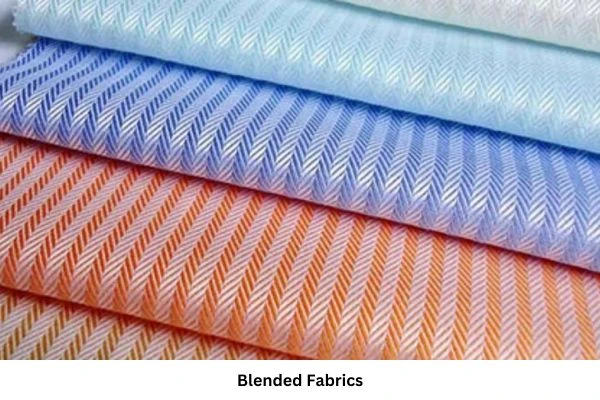
Also, Blended fibers are optimum in reducing the cost. Blended fibers also help to maximize the “good” qualities by minimizing the poor qualities aside. It is an intimate fiber mixture that differs in the aspects of composition, length, diameter, and color before getting spun into a yarn.
What are Blended Fabrics Made of?
Blending gets made by intermixing two or more staple fibers and transforming them into one yarn. These fibers are diversified based on types, advantages, and sometimes for performance, and cost issues.
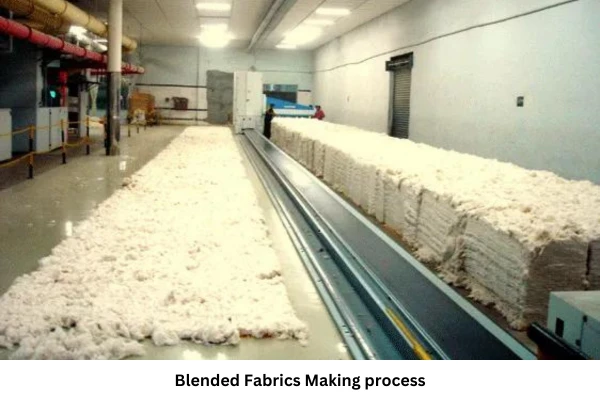
Blending processes named flock, web, bale, silver, and roving blended are very popular. Blended fabrics are there to combine fibers of both good and poor qualities. As a result, the outcome does not affect the overall qualities no matter how many fibers get mixed.
What are the Common Blended Fabrics?
The common blended fabrics are including-polyester and cotton, nylon and wool, Linen, Rayon, etc. Blended fibers help to intensify the fabrics’ making- It’s caring, handling process, and making it more budget-friendly. Among new blended fibers, there are Tencel and bamboo.
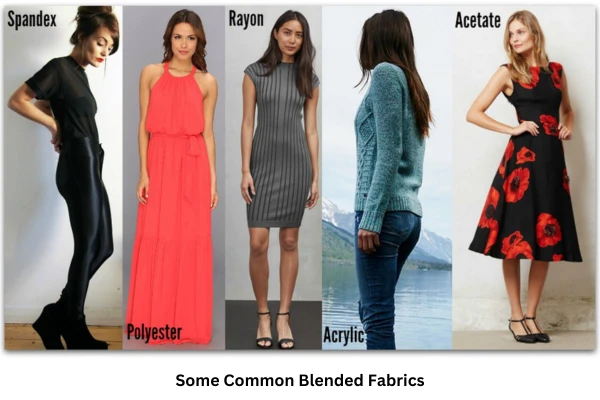
Both are biodegradable, soft to wear, and wrinkle-free. Modal is another type of blend that is a mixture of cotton and rayon-alike modal. This blended fabric shrinks very low and gets more absorbent because of the use of pure cotton. However, Modal is a beech fiber made with an extra chemical.
Manufacturing Process of Blended Fabrics
Fabric blending mostly gets done either before spinning or during the spinning process. These are popular for getting done at both the opening and blending stages. Today, there is another form of blending named blending overdrawing frame.
There are a few methods of blended fibers. They are:
- In only one fabric, yarns from different fiber types are spun together.
- Tor to form a complex-like yarn, different yarns get twisted.
- Composite yarns are a combination of staple fiber and filament ones.
- Even a few filament yarns are complex when they get twisted.
Selecting Blend Materials
Blend constituents mostly depend on the:
- Fiber Type and The End Use.
- Compatibility of the fibers: Their length, denier, Extensibility, dispersion, drafting, and dyeing.
- Methods of Blending: Blow room operation, carding stage, roving stage.
- Blow Room Operation: The use of Man-Made Fibers here. Here the feeder, stack blending is the most popular.
- Card Blending: At the card, laps get blended by doubling.
Blending Systems:
There are a few blending systems that tend to be more classified:
- Stack Blending: Here the blend components in alternative layers get weighed.
- Batch Blending: If there is a notion of traceability of fiber, fiber batches get blended up to 3 lots.
- Silver Blending: This blending provides the best blending process in the direction of the longitudinal.
Blending Type and The Process Stages
Bale Mixing: Before the Blow Room
Flock Blending: At the blow room
Web Blending: In between Ribbon lap machine
Silver Blending: At the silver lap machine
Fiber Blending: At the card Spinning
Roving Blending: At the Spinning Machine
Types of Blended Fabrics
Among several types of blended fabric, the most recognizable fabrics are Terry Cotton, Polyester Viscose, and Terry Wool.
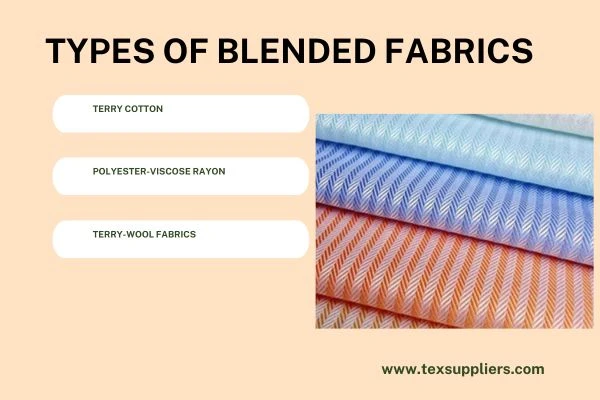
Among these 3, Polyester Viscose is the significant one to discuss. Depending on their usage and percentages, different properties get produced from blends. However, the types and their descriptions are here as follows:
-
Terry Cotton
Terry cotton is a blend of 65% polyester-35% cotton. It provides a satisfactory result for a fabric order to wear daily. Meanwhile, the 59-50 blend also helps to produce a softer version of the fabric. The polyester-cotton blend has better strength, and wrinkle-resistance, shape.
-
Polyester-Viscose Rayon
The polyester blend provides durability and contributes durability and shape-retention abilities. Viscose contributes absorbency and with the help of polyester, the texture of the fabric gets softer and color-variation.
-
Terry-Wool Fabrics
Polyester contributes to this fabric in a more shape-retention form. Polyester-made fabrics are wrinkle-resistant. The wool provides both warmth resiliency and absorbency based on the blending ratio of 65-35.
Properties of Blended Fabrics
|
Fabric Name |
Blended Fabrics |
|
Manufacturing Materials |
|
|
Fabric Durability |
High |
|
Fabric Breathability |
Supreme |
|
Stretchability |
High |
|
Fabric Shine |
Lustrous; depending on the manufacturing material. |
|
Fabric Drape Ability |
High |
|
Heat Retention Abilities |
Wool-made blended fabric. |
|
Prone to Bubbling |
Less |
|
Water-Resistant Ability |
High |
|
Washing Temperatures |
30-40 degree Celsius |
Characteristics of Blended Fabrics
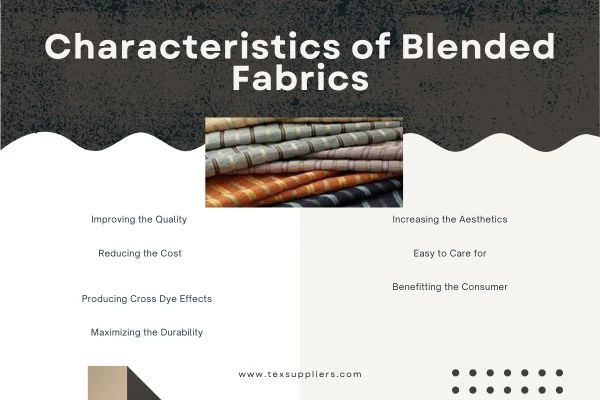
Fibers whether natural or Man-Made has both good and better qualities follow. The most common features of Blended fabrics are:
-
Improving the Quality:
Blended fabrics improve fabric quality by getting a mixture of different fibers. It not only helps to quality increase but also helps to increase the fabric texture and feel.
-
Reducing the Cost:
When One fabric gets utilized, it has a particular cost. But blending two or more fibers costs less overall.
-
Producing Cross Dye Effects
Cross-dye effects are like optimization of the spinning of the raw material.
-
Maximizing the Durability
Blended fabrics have better durability than single fiber-made fabric. When the fibers are synthetic with a mixture of natural fibers made. Although natural fibers are breathable and non-allergic. Meanwhile, man-made fibers are water-resistant and not prone to staining. So, both of their mixtures ultimately increase the durability of the fabric.
-
Increasing the Aesthetics
Fabric aesthetics get developed with a major selection of blended components. Here aesthetics include the fabric color, luster effect, surface texture, drape ability, hand touch, liveliness, firmness, and fullness.
-
Easy to Care for
The blended fabric has one of the features that are easy to care for. These are the properties that are worth mentioning.
-
Benefitting the Consumer
The consumer gets to choose their blended fabric by maintaining better performance, Shape retention, and improved texture.
Uses of Blended Fabric
Blended fabrics are customizable. This is the feature that enables us to blend more fabric into one yarn to produce a better fabric.
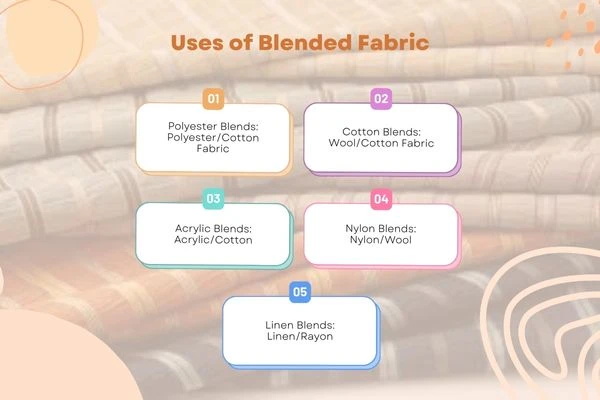
It lasts longer and stays better. The ratio of the blending fibers is 50-50, 65-35 in most cases. Sportswear is one of the applications of Blended fabrics.
-
Polyester Blends: Polyester/Cotton Fabric
The combination of polyester makes the crease resistance with the cotton comfortable. It dries faster and gets ironed at a lower temperature.
-
Cotton Blends: Wool/Cotton Fabric
These blends provide better comfort and aesthetics with performance.
-
Acrylic Blends: Acrylic/Cotton
It is a 50-50 blend with a few ratios of viscose blend.
-
Nylon Blends: Nylon/Wool
This blend creates the fabric softer and more absorbent.
-
Linen Blends: Linen/Rayon
This blend retains the linen features and provides better drape ability with no wrinkle.
FAQs
- What is better between cotton and blended cotton fabric?
Blended fabric hardly wrinkles and tries to dry faster. Washing processes make the main differences in sensitivity.
The Key Takeaways
Blended fabrics are combinations of fibers with unique properties. Availing of an all-in-one design in terms of coloring effects, performance, and patterns are something to get. To improve fabric profitability in large numbers, blended fabric may be a suitable option for both industries and consumers. Moreover, blended fabrics exceed more advantages than disadvantages. The only disadvantage is the fabric sensitivity based on the washing process.



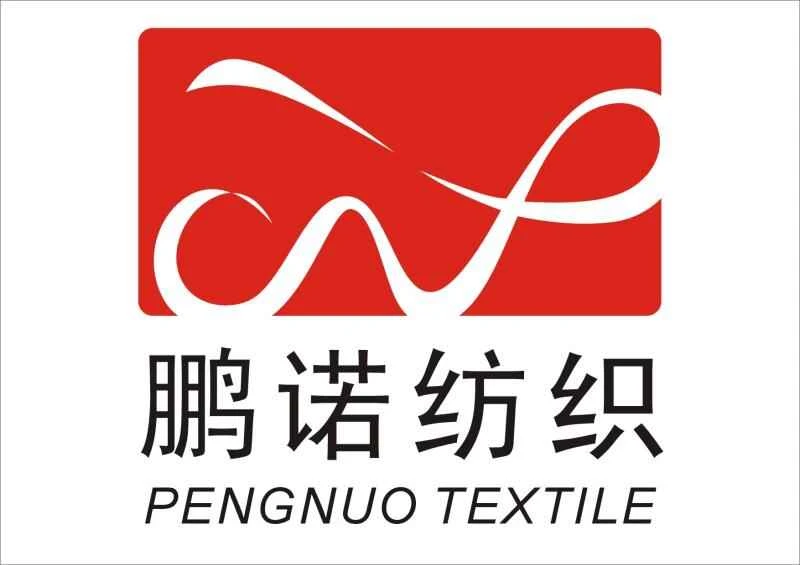

.webp)
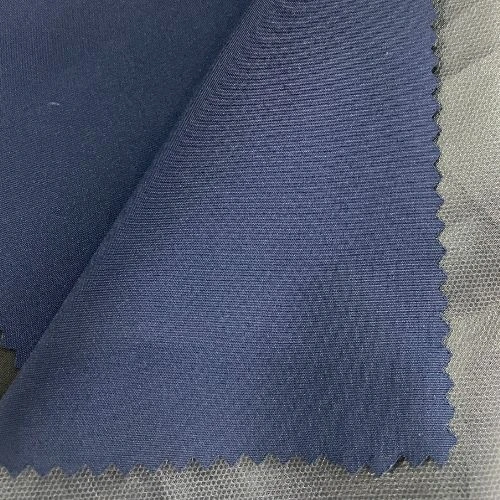
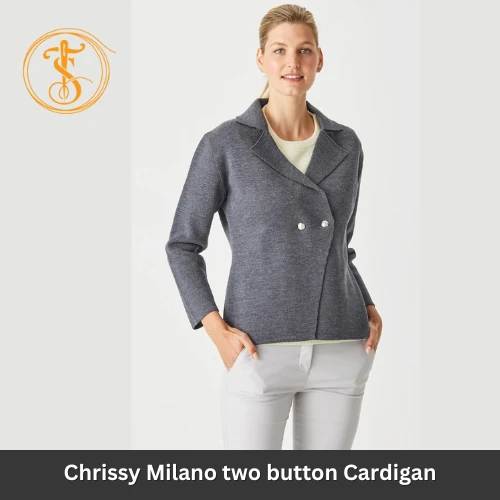
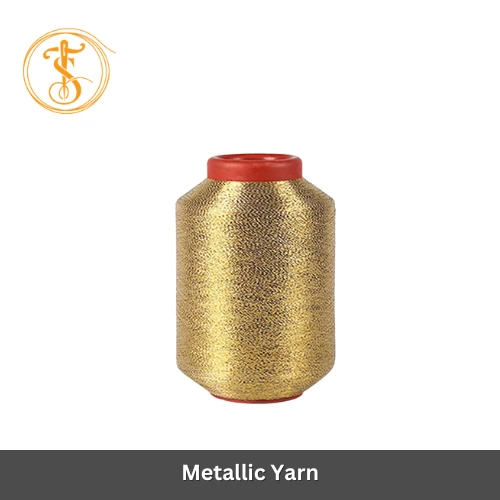
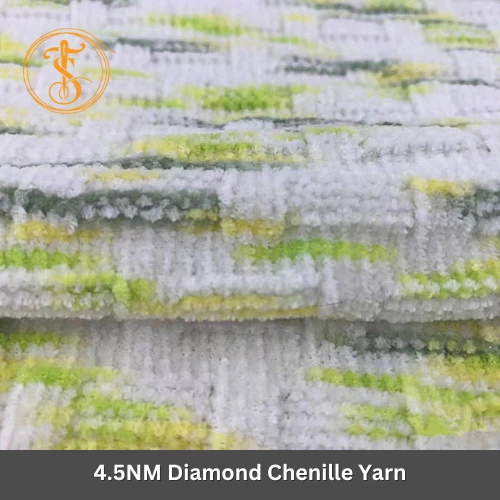
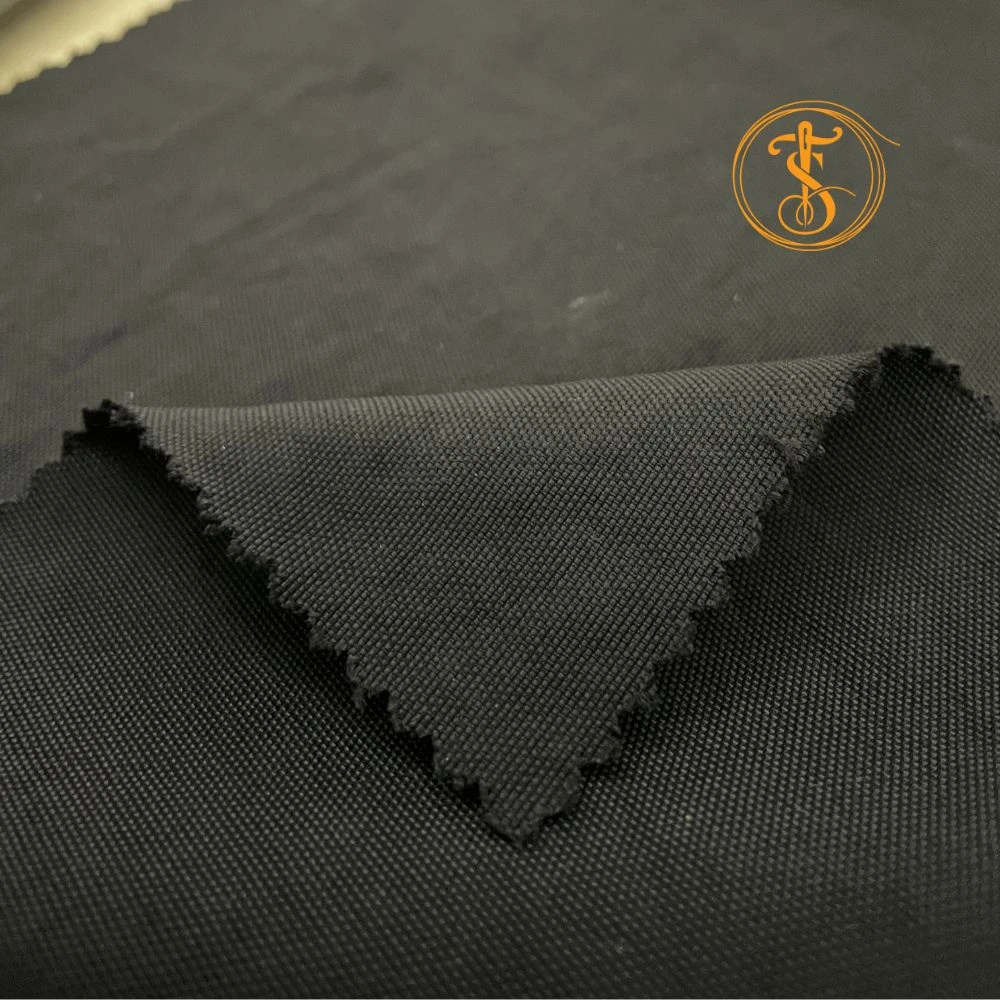
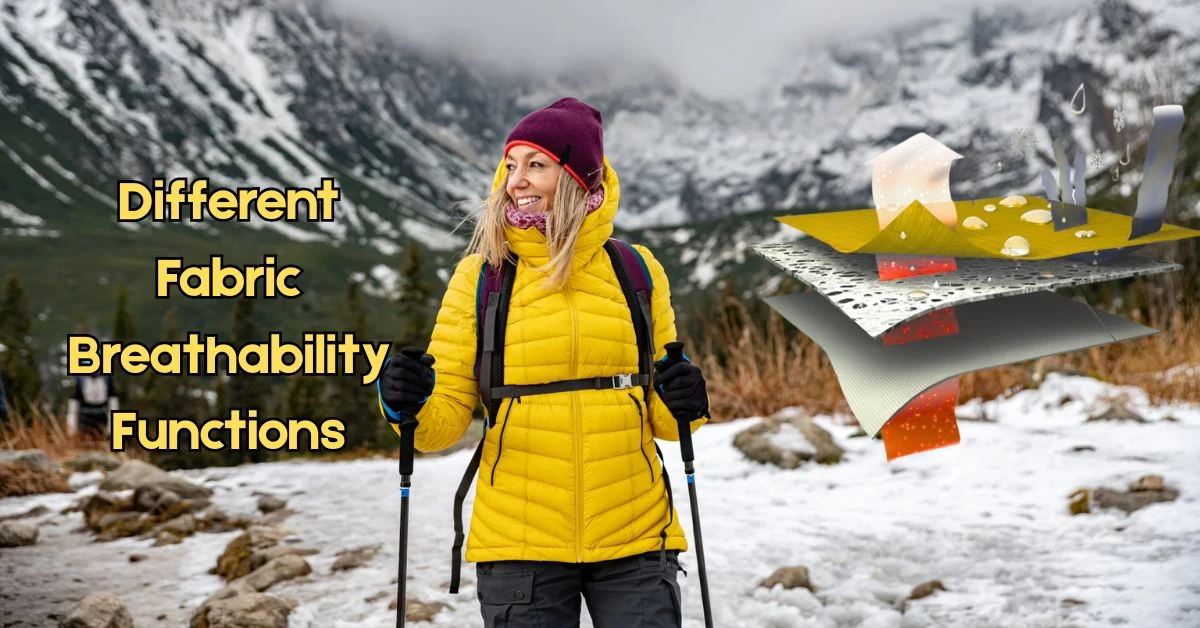
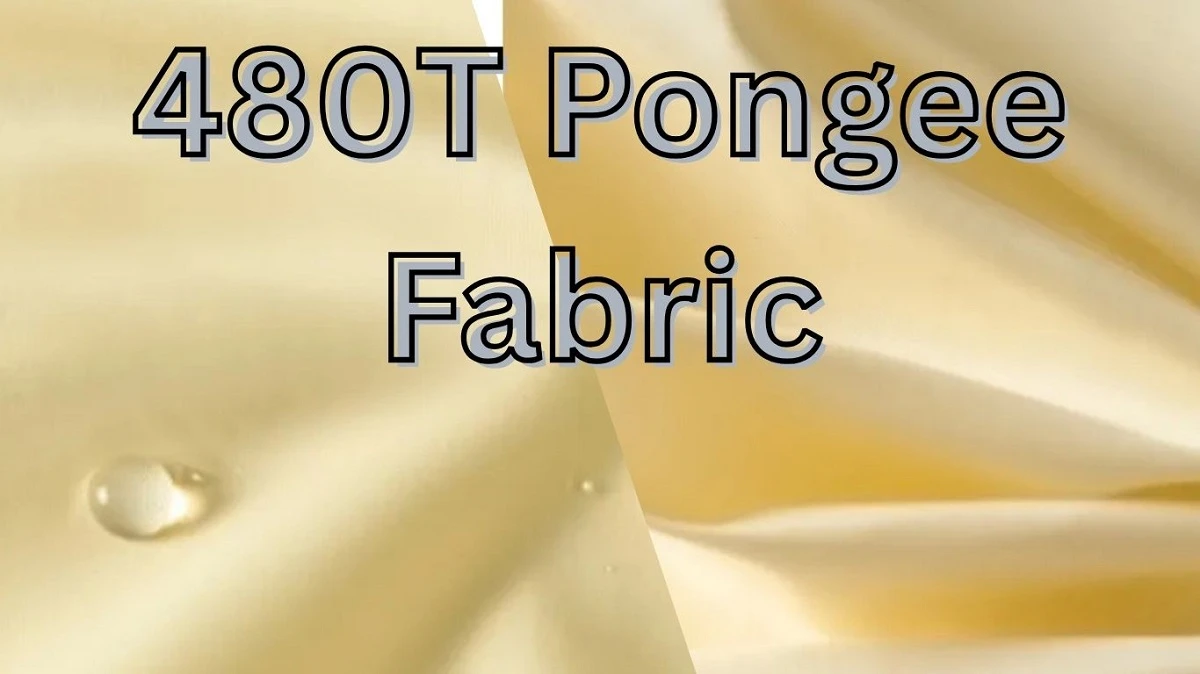
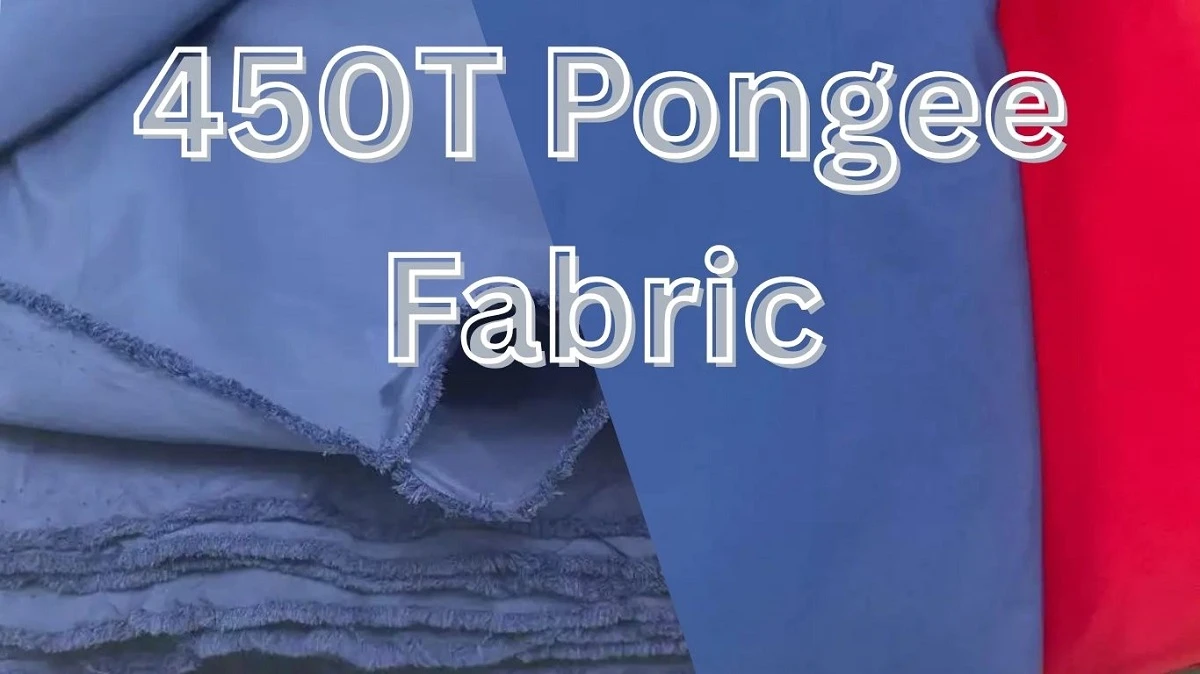
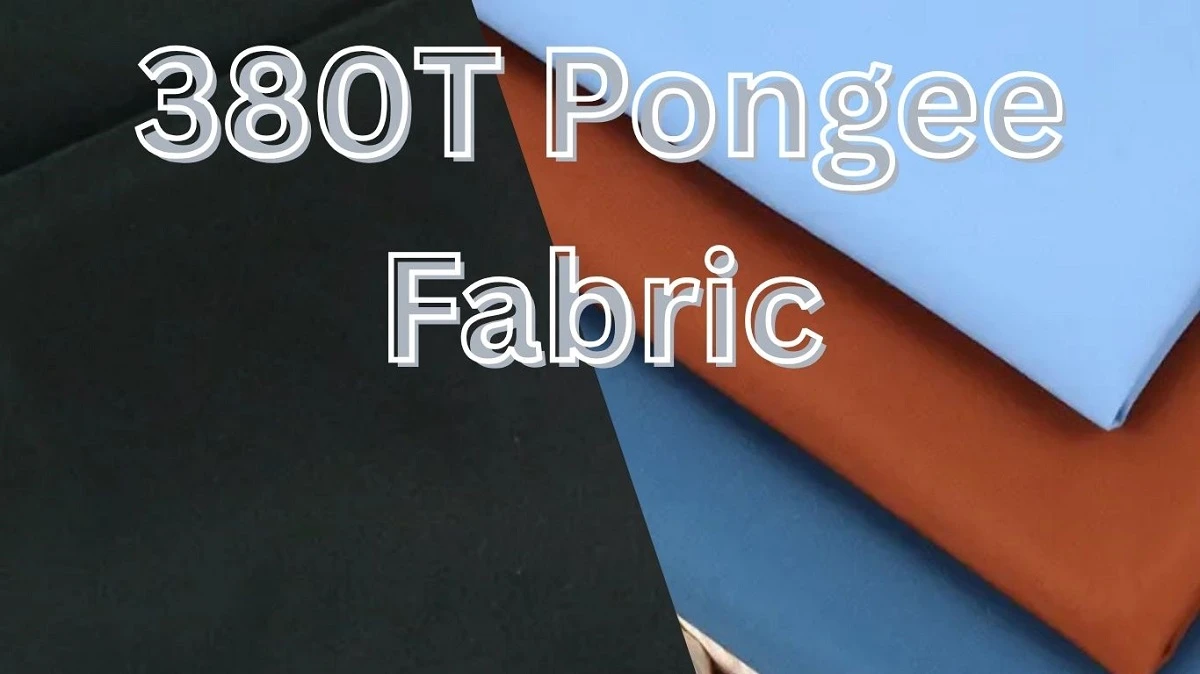
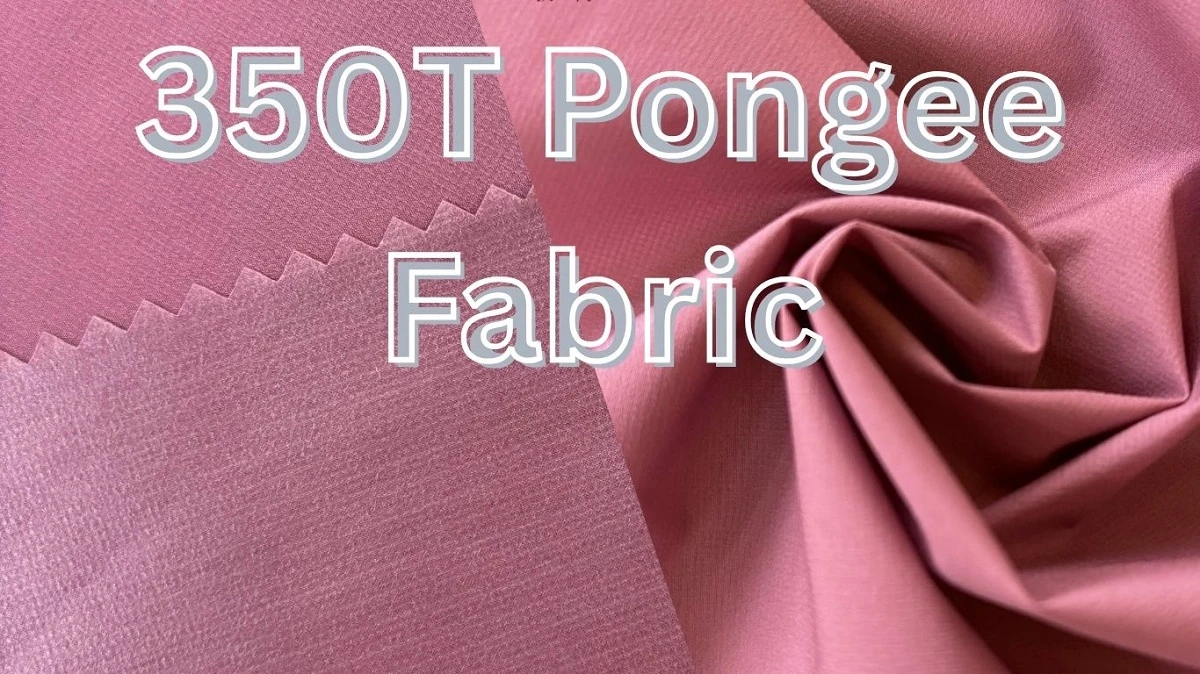
Comments - 00
Leave A Reply
Thanks for choosing to leave a comment.